00018: MUSEO MASCHERA SARTORI
Within the region of Veneto, in the province of Padova (Pauda) in Italy, there is a small town named Abano Terme. Most people know the town for its hot springs and mud baths, which is an important economic resource. I, on the other hand, know it because the “Museo Internazionale della Maschara Amleto e Donato Sartori” (founded in 2004) can be found in this small town. The ride from Venice to Abano is about 50 minutes by train. And from the train station to the Museum the distance is less than 1/2 mile. Needless to say, during my stay in Venizia, I visited the museum.
Amleto Sartori was a sculpture who, after WWII, studied the commedia dell’arte masks. He created wooden molds and used them to make the first leather commedia dell’arte masks ever. With time, he perfected the skill and soon his masks became known, first all over Italy, and then the world.
He befriended Jacques Lecoq, a French artist who focused on physical theatre, movement, and mime. Through him, Amleto Sartori collaborated with many Italian theatre companies and artists. By the time of his death (1962), Amleto had created masks for more than 200 theatre productions. Many of these masks are housed in the museum.
Donato Sartori was Amleto’s son who followed in his father’s steps. In 1979 Donato founded the Centro Maschere e strutture gestuali in Padova, the center “undertakes the study of the various ethnological, anthropological and spectacular aspects involving the reality of the mask(ing) of the body or gestural structures, the mask of the environment or urban masking.” (From the Museo Maschera Sartori, parenthesis mine.) Donato continued making masks and collaborating with different theatre artists, especially his closed friend Dario Fo. Donato passed away in 2016.
The museum is also an academy where people take classes in mask-making, commedia dell’arte and other theatre-related courses. While the premises are open to the students and those attending workshops, the museum is the only one that is truly open to the public.
The museum is three stories high. The third floor is dedicated to theater and its masks (masks made by both Amleto and Donato Sartori:)
The second floor concentrates on “Urban masking and Gestural Structure.” It houses several things: a collection of leather body sculptures (Struttura Gestuale) made by Donato, original costumes from commedia dell’arte characters made for famous Italian artists, original artifacts used by Donate to make masks, and samples of different art pieces that have been done in public and for the public, also known as “Mascheramento Urbano:)
The ground floor has been designed for “Mostra Temporanea” (temporary mask exhibits) from all parts of the world. The masks exhibits must concentrate on “ethnological and anthropological histories of different civilizations, presenting ritual and tribal functions through symbolic form” (from the museum.) During my visit, the temporary exhibit was from New Guinea. The masks were both shocking and breathtaking. Unfortunately, I was not allowed to take any images of these masks. What you see here is from my pamphlet (noted with the number 3) and from the internet. Masks similar to what I saw.
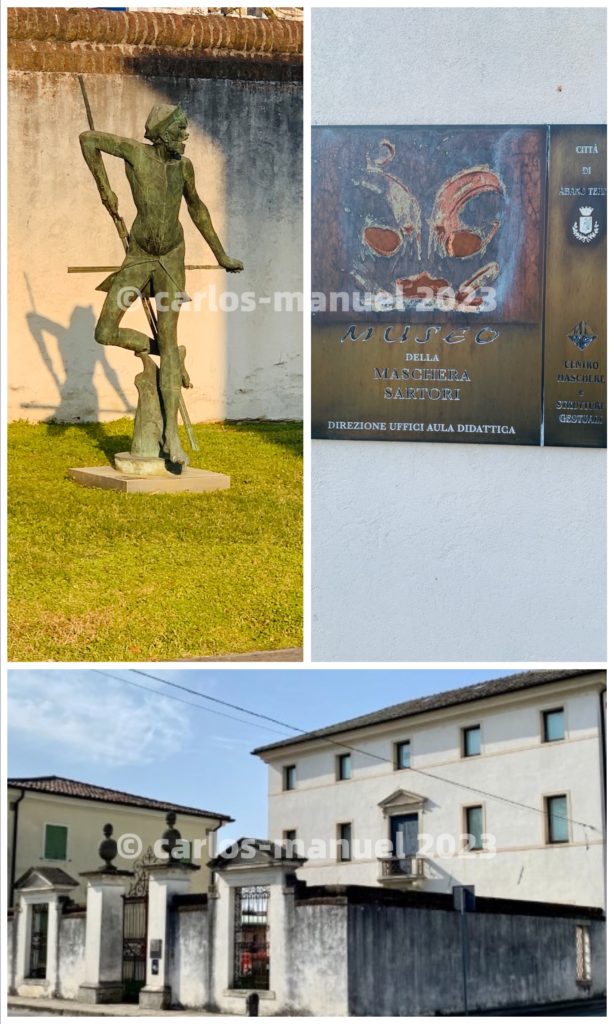
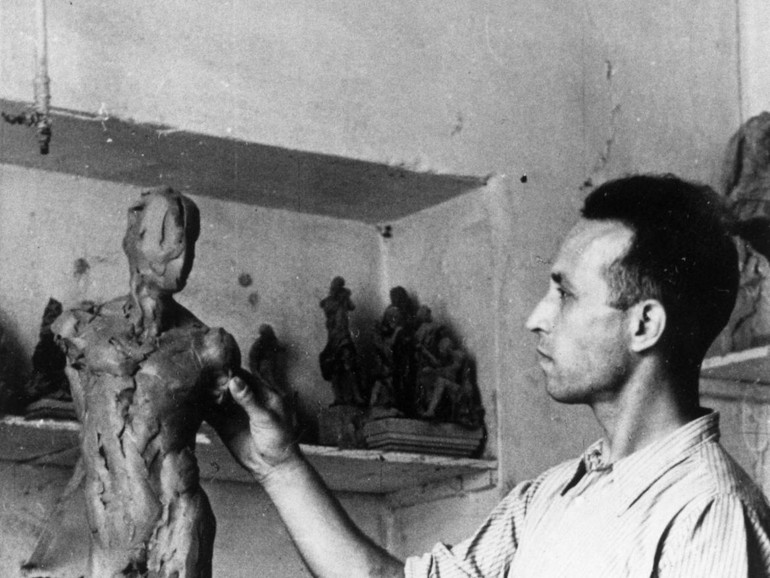
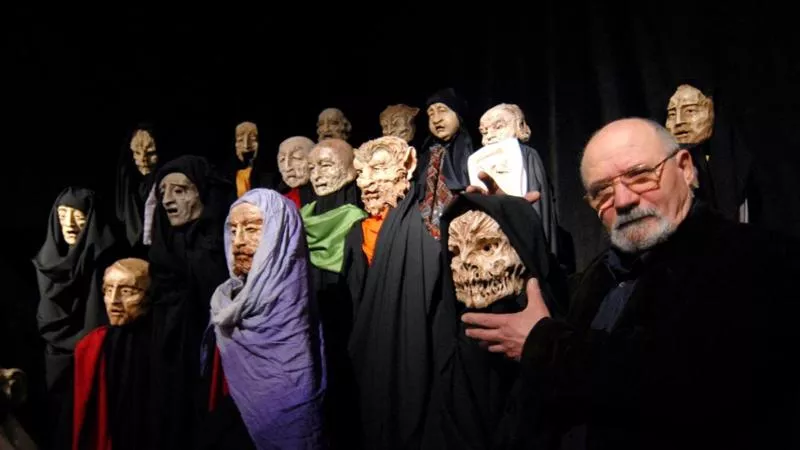
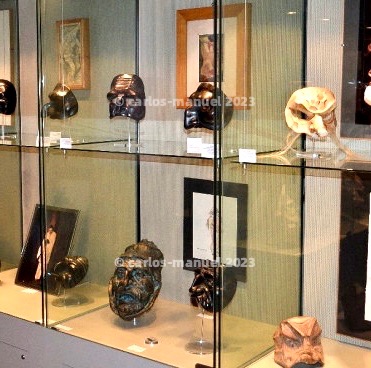
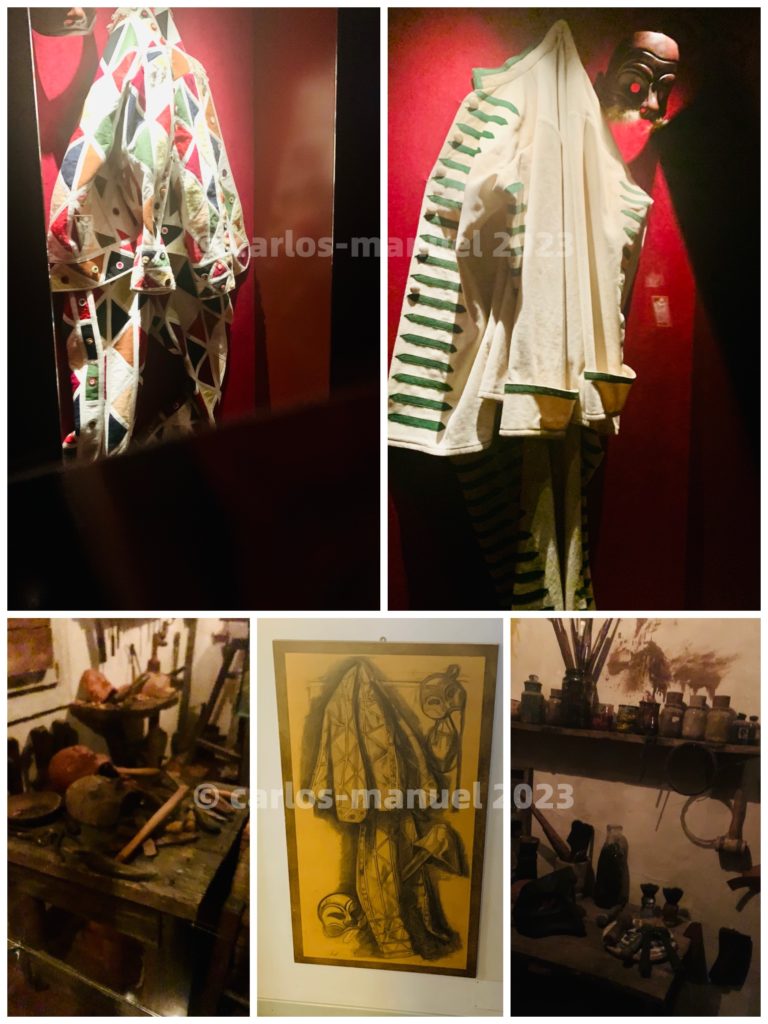
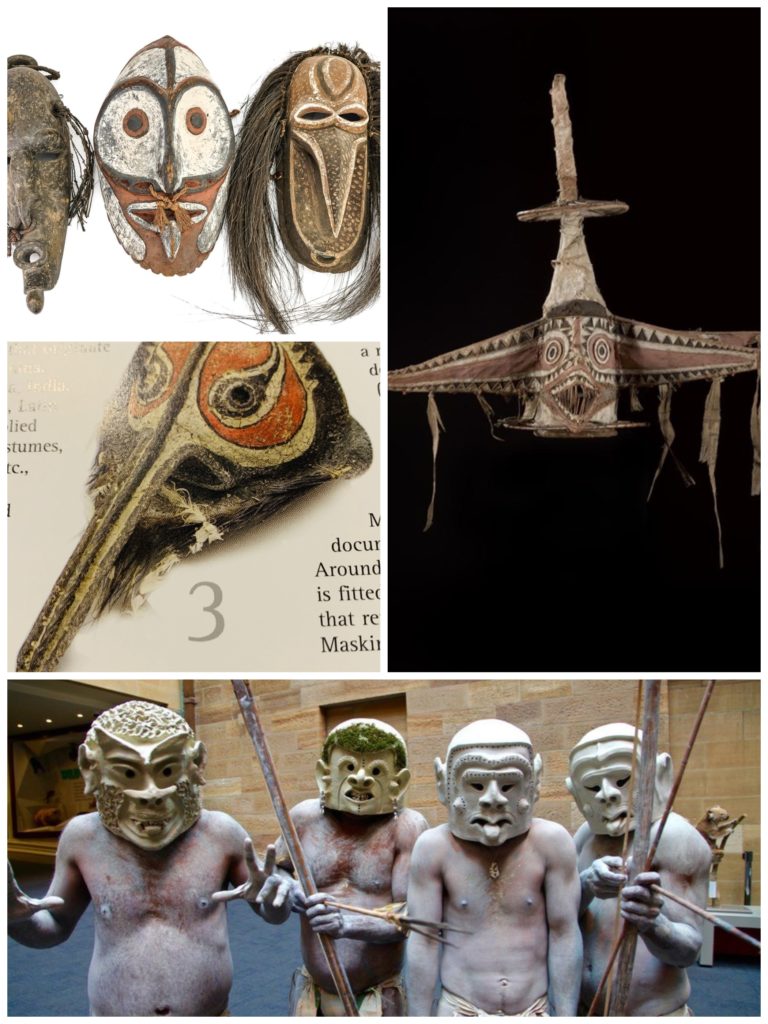
Leave a Reply
You must be logged in to post a comment.